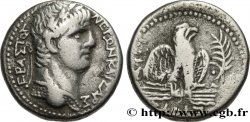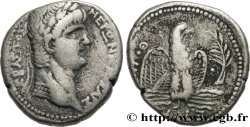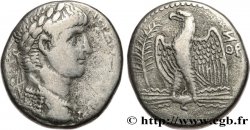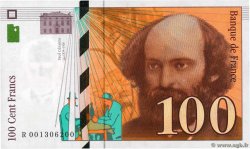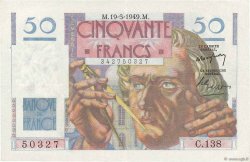bpv_297318 - NERO Tétradrachme syro-phénicien
Nicht verfügbar.
Artikel auf unserem Online-Shop verkauft (2014)
Preis : 380.00 €
Artikel auf unserem Online-Shop verkauft (2014)
Preis : 380.00 €
Type : Tétradrachme syro-phénicien
Datum: an 9/ 111
Name der Münzstätte / Stadt : Antioche, Syrie, Séleucie et Piérie
Metall : Silber
Durchmesser : 24 mm
Stempelstellung : 12 h.
Gewicht : 14,87 g.
Seltenheitsgrad : R1
Kommentare zum Erhaltungszustand:
Très bon centrage, mais flan étroit, faible usure, style de droit caractéristique de l’émission
N° im Nachschlagewerk :
Pedigree :
Cet exemplaire, qui provient des plateaux de Jean-Michel Gozlan en juillet 1990, est le 0086_005
Vorderseite
Beschreibung Vorderseite Tête laurée de Néron à droite avec l'égide (O*4).
Legende des Averses NERWN KAISAR - SEBASTOS, (Nerwn Kaisaros Sebastos)
Übersetzung der Vorderseite (Néron césar auguste).
Rückseite
Beschreibung Rückseite Aigle debout à droite sur un foudre ailé, les ailes déployées ; dans le champ à droite, une palme verticale, sans point dans le champ .
Legende des Reverses : ETOUS / AIR q
Übersetzung der Rückseite An 9 du règne / An 111 de l’ère césarienne.
Kommentare
Le portrait est intermédiaire entre le portrait jeune et le portrait classique d’après 64.
Pour des raisons qui nous échappent, les auteurs du RPC I n’ont pas tenu compte de cette variante. Caractérisée pour le novice par l’absence de point dans le champ droit du revers, elle révèle à l’étude des différents exemplaires connus une unicité de style de gravure de droit , style que l’on ne retrouve pas dans les exemplaires “avec point” ; il s’agit manifestement d’une série particulière, certes rare, mais non négligeable ni accidentelle.
Là encore, nous ignorons la signification de la présence ou de l’absence de point mais il est possible comme dans plusieurs cas, que l’on puisse penser à des sources de financement différentes.
La variante est d’ailleurs signalée en note dans le supplément avec un seul exemplaire signalé (RPC 4185/2).
Dans la base TSP maintenue par Michel Prieur, vingt et un exemplaires sont maintenant répertoriés dont seulement deux en musées, à Jérusalem chez les Franciscains et à Oxford.
The portrait is intermediate between the young portrait and the classical portrait after 64. For reasons that escape us, the authors of the RPC I did not take this variant into account. Characterized for the novice by the absence of a dot in the right field of the reverse, it reveals, upon studying the different known examples, a unique style of engraving on the right, a style that is not found in the examples “with a dot”; it is clearly a particular series, certainly rare, but not negligible or accidental. Here again, we do not know the significance of the presence or absence of a dot, but it is possible, as in several cases, that one can think of different sources of financing. The variant is also noted in a note in the supplement with only one example reported (RPC 4185/2). In the TSP database maintained by Michel Prieur, twenty-one examples are now listed, of which only two are in museums, in Jerusalem among the Franciscans and in Oxford
Pour des raisons qui nous échappent, les auteurs du RPC I n’ont pas tenu compte de cette variante. Caractérisée pour le novice par l’absence de point dans le champ droit du revers, elle révèle à l’étude des différents exemplaires connus une unicité de style de gravure de droit , style que l’on ne retrouve pas dans les exemplaires “avec point” ; il s’agit manifestement d’une série particulière, certes rare, mais non négligeable ni accidentelle.
Là encore, nous ignorons la signification de la présence ou de l’absence de point mais il est possible comme dans plusieurs cas, que l’on puisse penser à des sources de financement différentes.
La variante est d’ailleurs signalée en note dans le supplément avec un seul exemplaire signalé (RPC 4185/2).
Dans la base TSP maintenue par Michel Prieur, vingt et un exemplaires sont maintenant répertoriés dont seulement deux en musées, à Jérusalem chez les Franciscains et à Oxford.
The portrait is intermediate between the young portrait and the classical portrait after 64. For reasons that escape us, the authors of the RPC I did not take this variant into account. Characterized for the novice by the absence of a dot in the right field of the reverse, it reveals, upon studying the different known examples, a unique style of engraving on the right, a style that is not found in the examples “with a dot”; it is clearly a particular series, certainly rare, but not negligible or accidental. Here again, we do not know the significance of the presence or absence of a dot, but it is possible, as in several cases, that one can think of different sources of financing. The variant is also noted in a note in the supplement with only one example reported (RPC 4185/2). In the TSP database maintained by Michel Prieur, twenty-one examples are now listed, of which only two are in museums, in Jerusalem among the Franciscans and in Oxford







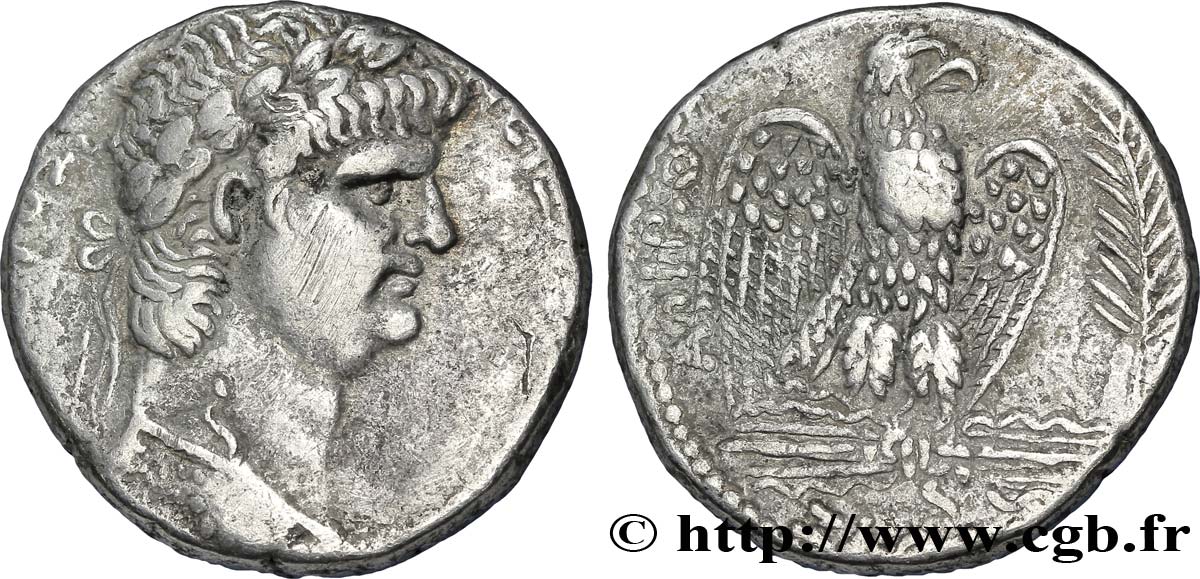
 Berichten über einen Fehler
Berichten über einen Fehler Die Seite drucken
Die Seite drucken Teilen meiner Auswahl
Teilen meiner Auswahl Stellen Sie eine Frage
Stellen Sie eine Frage Einlieferung/Verkauf
Einlieferung/Verkauf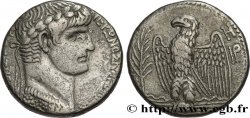
 Details
Details